Crabmeat is delicious, but it can be expensive and difficult to find fresh. Kani is a cheaper, more economical substitute commonly used in Japanese dishes.
Kani is imitation crab meat made of fish paste mixed with additives for texture and flavor. It’s used as a garnish for many different sushi rolls and is the main ingredient in many salads.
In this article, I will teach you more about Kani and the different dishes this ingredient is used in. We also go over the health value of your typical Kani salad, a common Kani recipe.
What Is Kani in Sushi Made From?
Kani is made from imitation crab meat. It contains no actual crab meat, but it consists of mashed fish paste called surimi mixed with additives to improve flavor and texture.
To make surimi, you mash a combination of different fish such as Alaskan Pollock or Pacific Whiting. This process produces a gel-like substance. Surimi is the base ingredient for Kani.
Manufacturers then add additives like egg whites, starches, sugars, and sometimes MSG to enhance the flavor and texture of the product. Much of commercially-sold Kani isn’t gluten-free since it uses glutinous additives to give it a dense, crab-like texture.

Sometimes, Kani uses natural crab flavoring. However, the majority of Kani products use artificial flavoring.
To produce and maintain the crab-like texture of the meat, Kani makers use much water during production. Vibrant red food coloring is also added to one side of the outer layer of the crab stick to make it appear more like real crab meat.
When you purchase Kani at the store, you’re likely to come across their most common form – the crab stick or the crab leg.
Some recipes that feature Kani are:
- California sushi roll: This is the most popularly known sushi roll that has Kani in it. It’s known for being rolled inside out, the rice wrapping around the roasted seaweed. It contains a slice of fresh imitation crab meat, cucumber, and avocado.
The outside of the roll is sometimes coated in toasted sesame seeds or Tobiko (flying fish roe). - Kani salad: In this dish, the fresh Kani is shredded and mixed with common fresh vegetables and Japanese mayonnaise. It’s usually served chilled.
- Kani sushi rolls: These are balls or rolls of vinegared rice garnished with fresh Kani.
- Kani tempura: Kani tempura is Kani that has been dipped in batter and deep-fried.
- Deep-fried Kani: Deep-fried Kani is much like Kani tempura, but it is usually plainer and features a denser batter.
Many Japanese restaurants have unique recipes for various types of sushi rolls that include Kani as an ingredient.
Kani is a more economical substitute for authentic crab meat, and it lasts longer, making it safer than imported fresh crab meat from hundreds of miles away.
Is Kani Cooked?
Kani is cooked before it is packaged and sold. So, no further heating or cooking is necessary for most Kani recipes. However, some recipes, such as Kani tempura, call for the Kani to be cooked slightly.
The paste used for Kani is molded into various shapes before it is pasteurized through steaming. That means Kani can be eaten or served straight out of the package when it’s thawed. Most people eat it chilled or at room temperature.
Other recipes like Kani tempura or fried crab sticks are deep-fried with or without batter. You may also want to bake Kani when creating a sushi bake recipe.
However, some people say that heating or cooking crab sticks too much destroys the Kani’s crabby flavor and texture. So, I recommend sticking to classic chilled Kani recipes.

What Is in Kani Salad?
Kani salad is made with shredded Kani, various fresh vegetables, and Japanese mayonnaise. Some recipes call for additional ingredients, but you will always need Kani and mayo.
There are different variations to the recipe of Kani salad, but the common ingredients in the majority of recipes are:
- Shredded Kani/imitation crab meat. It doesn’t matter whether the Kani is pre-shredded or sold in leg-shaped sticks, as long as you shred it before making the salad.
- Salted cucumber cut into thin slices or julienned. It’s usually squeezed of excess juice before it’s added to the salad.
- Julienned carrots. Small bits of carrots add extra crunch to the salad.
- Japanese mayonnaise. The most popular brand is known as Kewpie Mayo. Japanese mayonnaise has a different flavor profile than regular mayonnaise. Japanese mayonnaise has more tartness and is rich in the umami flavor popular in Japanese dishes. You can buy Kewpie on Amazon.
- Sesame seeds. These can be toasted, or you can use black sesame seeds instead. Black sesame seeds add a pleasing visual contrast to the rest of the salad. These add a nutty taste.
- Lettuce. Kani salad is usually served on a bed of fresh lettuce, popularly Romaine lettuce.
- Salt and pepper. You’ll want to add salt and pepper to season the salad to your taste.
If you’re looking to try out Japanese recipes at home, Japanese Kewpie Mayonnaise (available on Amazon) is perfect because it’s used in many Japanese foods in salads and as a dipping sauce or a topping.
Some other optional ingredients that also used in Kani salad are:
- Glass noodles or Kelp noodles: Light but filling.
- Whole Corn Kernels: Adds some sweet flavor and crunch.
- Tobiko: Flying fish roe.
- Ripe mango: Cut into small cubes or julienned.
- Ponzu sauce: You can use a mixture of soy sauce and fresh lemon juice if you can’t get a hold of this Japanese citrus dipping sauce. (source: Just One Cookbook)
Amazon.com has Kikkoman Ponzu sauce that is a great addition to your Kani salad. It’s also a good dipping sauce for sushi and sashimi. You can also use this ponzu sauce to bring out the flavors of your vegetable, meat, and poultry dishes.
(sources: No Recipes, Just One Cookbook, Foxy Folksy)
Is Kani Salad Spicy?
Kani salad isn’t spicy, but some people add other ingredients to it to make it spicier. Many people add sriracha sauce to their Kani salad to give it a spicy kick that fits the salad’s savory flavor profile.
Kani salad on its own has a light and fresh taste paired with the creaminess of Japanese mayonnaise, the sweetness of the Kani, and the crunchiness of other ingredients like carrots and cucumber.
For your next batch of spicy Kani salad, you can use Huy Fong Foods Sriracha Sauce. It is a mix of chili paste and garlic packaged in a convenient squeeze bottle. You don’t just have to have it for Kani salad – you can use it on pizzas, hot dogs, hamburgers, and even soups and pasta.
Is Kani Salad Healthy?
Kani salad is healthy, but you might not want to eat it as an everyday snack. Though containing beneficial nutrients, vitamins, and proteins, Kani salad still has some ingredients that can have adverse effects on health if you consume too much.
Kani salad’s main ingredient, Kani, is a highly processed food. It contains many additives, artificial flavorings, and sometimes MSG to give it an extra savory flavor. (Source: Healthline)
Kani salad is also made with a lot of Japanese mayonnaise, though nutritionally, it is slightly better for you than regular mayonnaise. Japanese mayonnaise only contains egg yolks in place of whole eggs. (Source: Bite My Bun)
However, mayonnaise, in general, is a condiment that is considered very high-fat and high-calorie. (Source: Yahoo! Life)
These can somewhat be offset by the nutrients and vitamins you can get from the fresh vegetables in Kani salad.
Sometimes used as a topping for Kani salad, Tobiko is rich in protein and omega-3 fats that can be good for a healthy heart. So there are ways to make Kani salad healthier. (Source: Medical News Today)
What Is Kani Tempura?
Kani tempura is a popular imitation crab meat dipped in a batter of egg, flour, and ice water. It is then deep-fried to create a light and crispy coating with a pleasant crunchiness.
If you’re a little worried about getting the mixture for the tempura batter correct on your own, you can buy a tempura batter mix to make things easier. Amazon.com offers Kikkoman Tempura Mix that makes for extra crispy tempura.
Kani tempura is usually served with tempura sauce. This sauce includes dashi (Japanese soup stock), soy, sugar, and mirin (Japanese sweet rice wine). (Source: Just One Cook Book)
If you don’t have the ingredients to make tempura dipping sauce at home, you can get this Kikkoman Tempura Dipping Sauce. It’s the perfect companion to any tempura and will allow you to eat Kani tempura the way it was meant to be served.
I hope this encourages you to try out some different Kani dishes, now you know what it is!






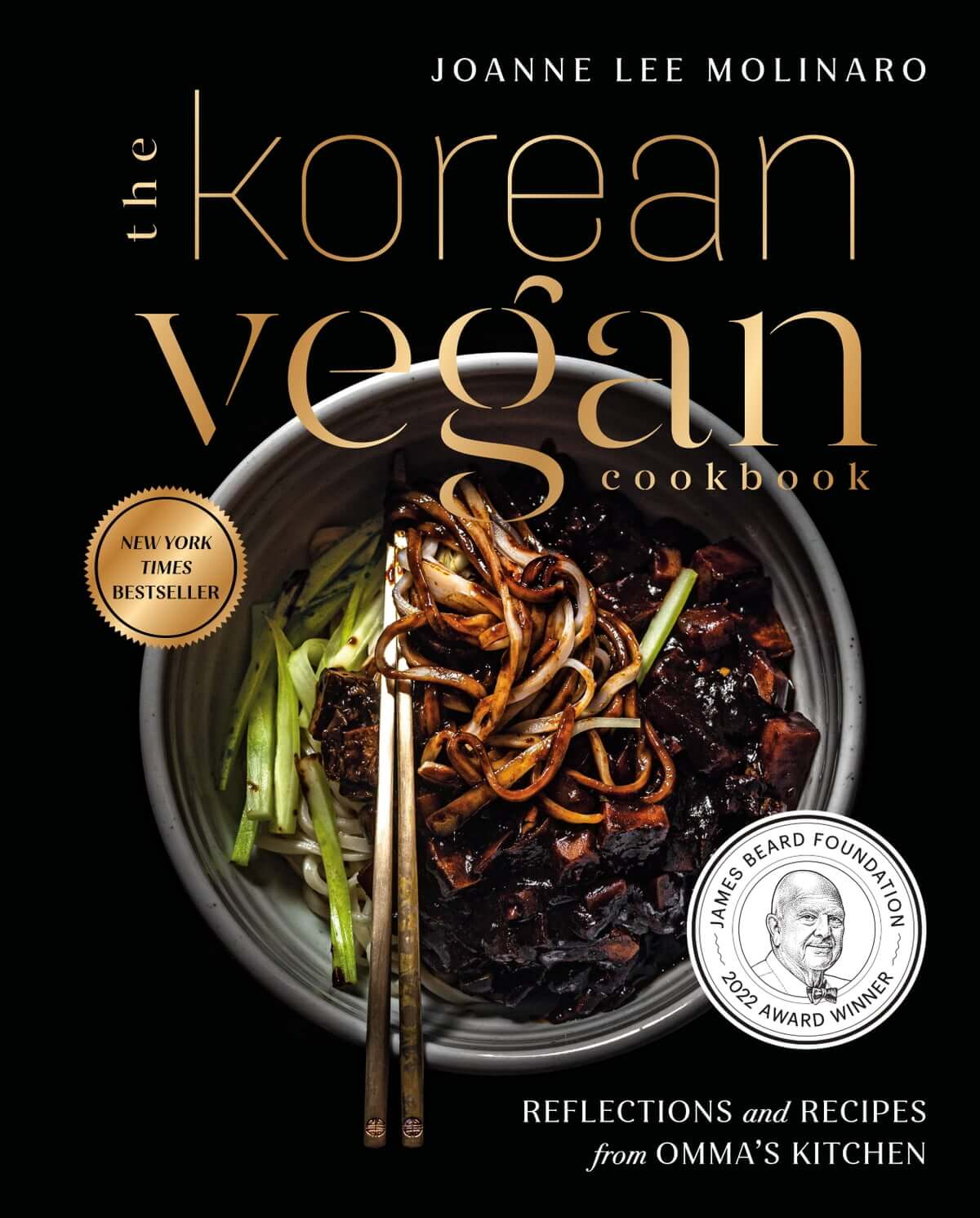
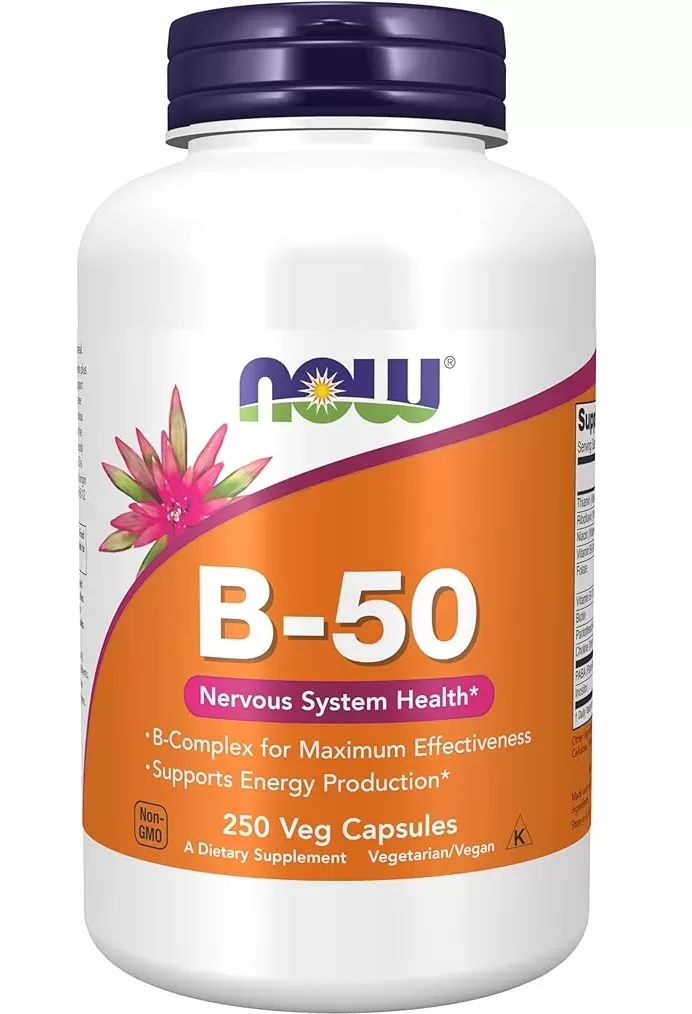
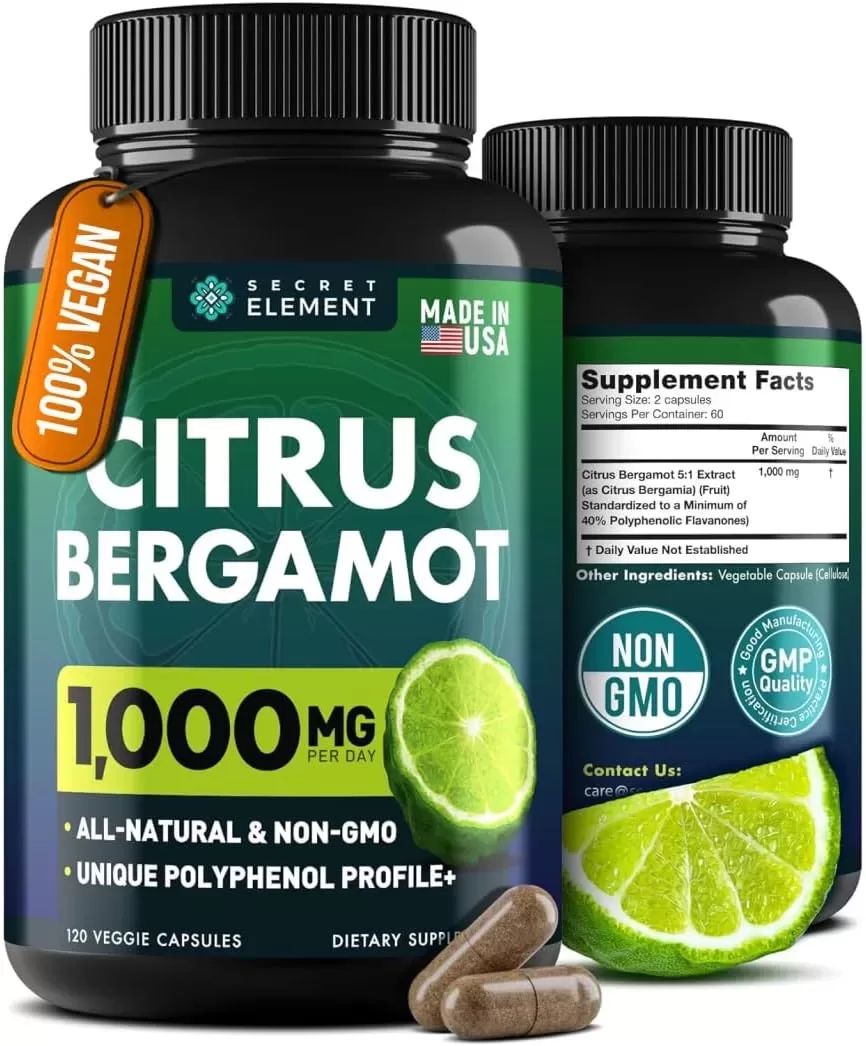

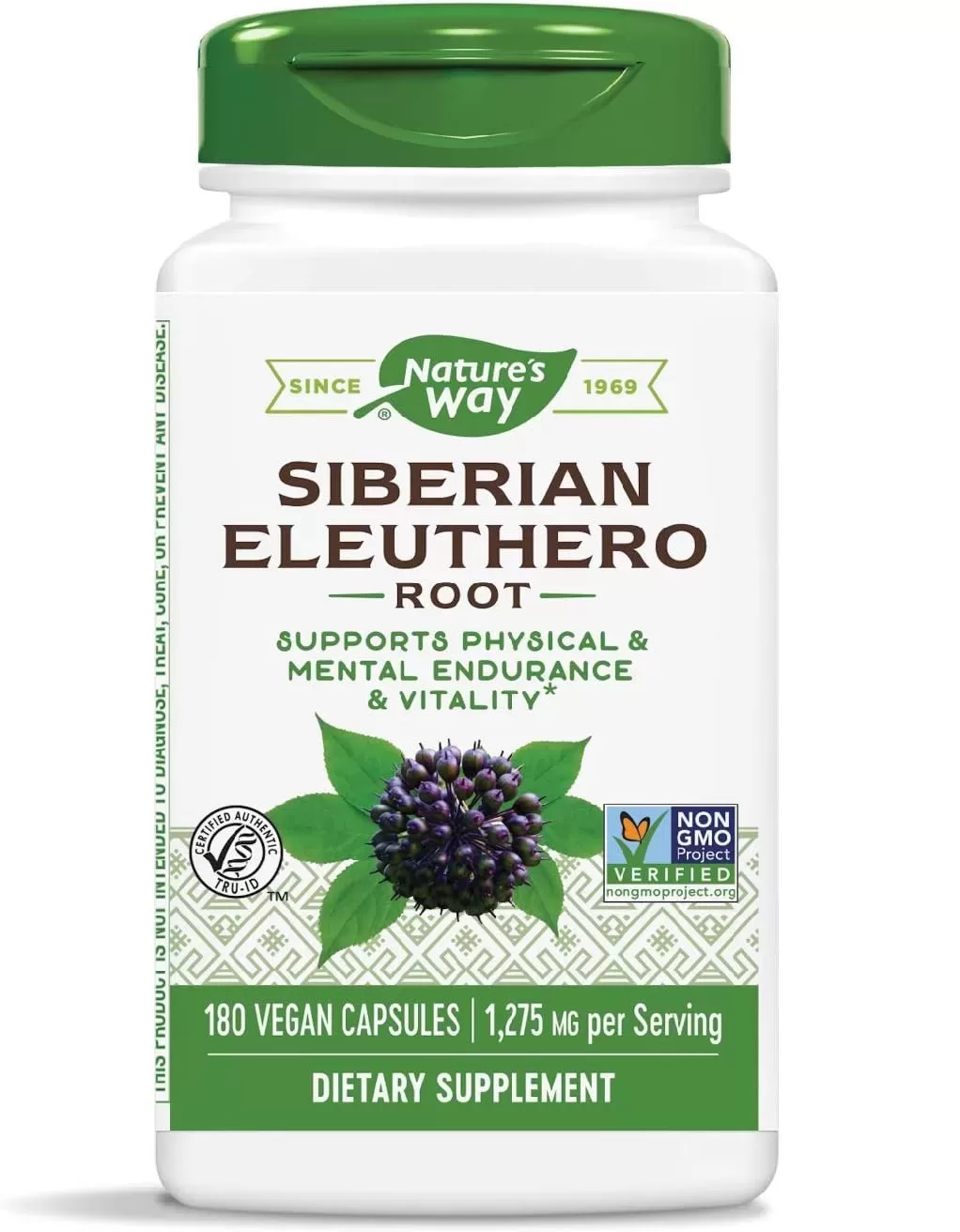

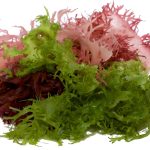
Comments are closed.